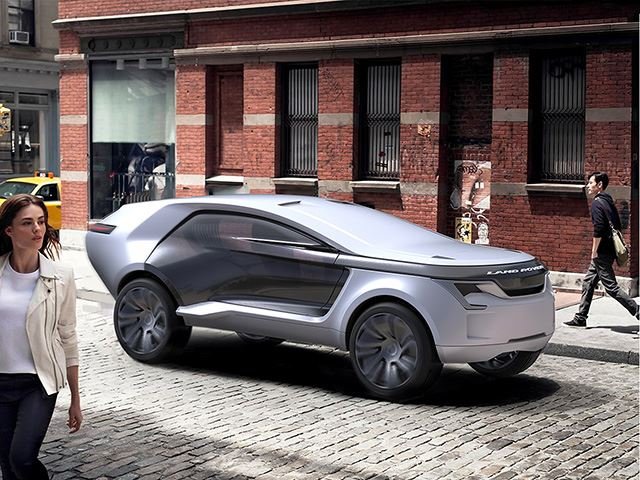Could This Land Rover Concept Be The World's Safest SUV Ever Designed?

Some modern SUVs still struggle to pass the "Moose Test" for instance. And it's that mindset that's resulted in this: the Land Rover Aegis design study.
Envisioned by Matthew Robson, a soon-to-be master's graduate of the Royal College of Art's Vehicle Design course, this hypothetical Land Rover concept is defined by what what Robson dubs as its "intersecting monolithic surfaces." In more basic terminology that all boils down to the Aegis concept looking and feeling like a solid and strong vehicle. The exterior, for instance, is fashioned from huge, thick panels inspired by spiky conker shells, though we're more reminded of the Volvos of old that were defined by huge bumpers and thick bodywork panels. That trend also continues inside, with the metal framework that wraps around the seats again intended to evoke a sense of safety, strength and security.
Unsurprisingly with so much placed on making the Aegis as safe as possible, Robson's removed the potential of human error by installing a fully autonomous system. In fact, the overall design and construction of the Land Rover revolves around encouraging the uptake of fully autonomous vehicles. Even if the system makes a mistake and ends up causing an accident, the sheer amount of material between you and the outside world should, in theory, be more than enough to keep you and your passengers safe. At least that's what Robson's product briefing states. Given the rate technology's advancing at, though, we wouldn't be surprised if a real-life Land Rover like the Aegis appears on our roads within the next decade or so.
